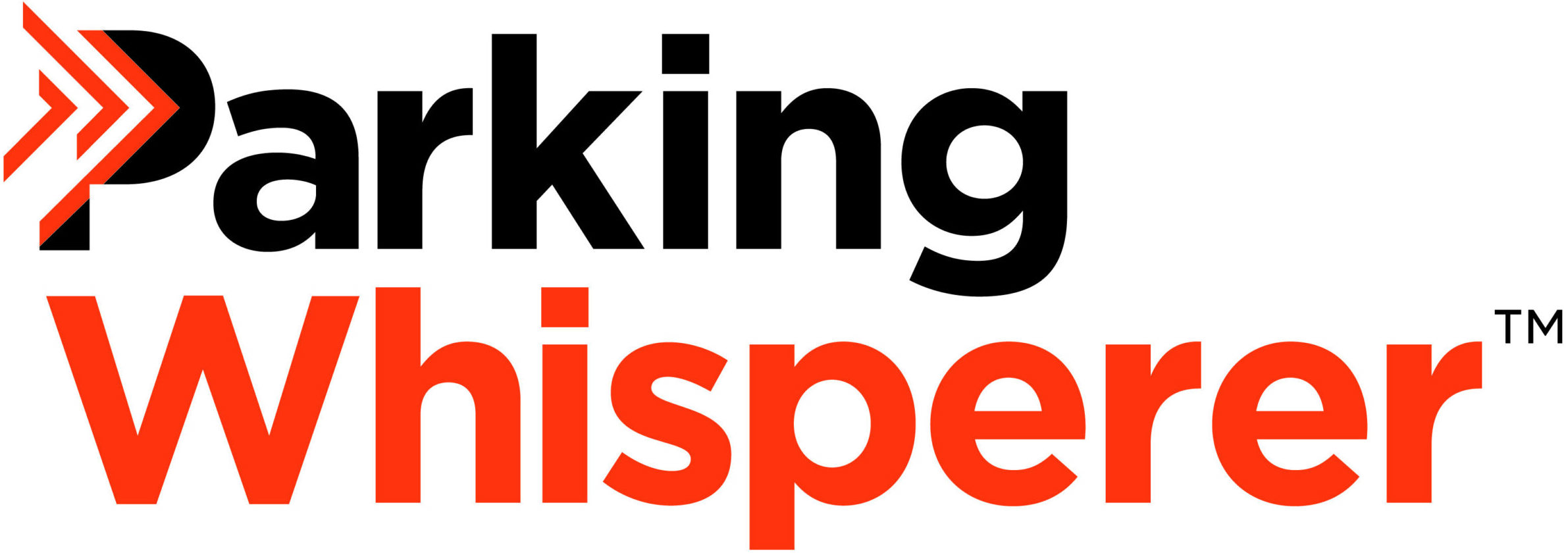
by John Oglesby
We have recently detailed a specific RFP, the twists and turns faced to win, and how many missed opportunities there were to the vendor. This month we talk specifics and potential winning strategies when the RFP and its hosting agency, department, or organization make it clear that price is the principal (or even only) criteria from a qualified bidder and the only way to win.
There are a number of strategies that can be utilized when making a low bid or when low bid is the overwhelmingly most important element. You, as a bidder, have two choices to make, assuming you have determined the opportunity is worth winning for your organization. This is true whether you are a PARC provider, an operator, a consultant, or a software provider.
The first choice is to provide the absolute lowest price for exactly what is required/requested. You can detail any add-ons, recommended changes, concerns as to the format, etc., but your principal focus has to be (what some refer to as the Walmart way). Provide what is requested, only what is requested, and at the absolute lowest price that you can live with. Also, note that if there are any discounts or exchanges available to lower your price further, use those in your bid, and notate them in the body of the proposal. Do NOT expect the purchasing department or other buying entity to “do the math” for you, because they may or may not, and certainly will not have the intimate knowledge you have of your response or your intention. Net out any and all discounts you can find to maximize your chance of success.
It is critical that you always bid with integrity. In most instances, the time to speak up about any question or concerns, issues you believe they ‘missed’ or have omitted that are necessary for the bid, is during the questions period. Do NOT assume they mean this, or intended that, get it all in clear and in black and white.
The second choice is to provide an alternate bid. In many cases you can (and should) do both. Do NOT ask if they will accept an alternate bid. Why alert your competition, or minimize your creativity? As long as you also bid the exact specification, you likely risk nothing but a bit of your time to also bid an alternate.
If you choose to do so, make sure that you make it very clear that this is an alternate bid in addition to your primary bid. Make sure further that you state the advantages to your alternate bid. Highlight any long-term savings, increased functionality, or customer service, any fiscal or time savings, and the value that your alternate bid provides. It is also critical to point out any additional value regarding sustainability, accessibility, additional languages, or other functionality that may make your alternate bid even more attractive.
It is beneficial (if space allows) to highlight any advantages over your alternate bid. How does your alternate still accomplish every goal of the specified format or item? Discuss the additional advantages, the cost savings long term, the added value, the benefits, as well as any examples of how your prosed alternate has succeeded in a similar situation.
Do you have any additional references, examples, or evidence that your alternate is comparable or superior? Do NOT assume that the reader will understand any cross-over benefits or savings that you do not spell out. Remember that in most cases, the person(s) reviewing your proposal has excellent skills in purchasing and other areas but may have no knowledge whatsoever about your product, your company, or your solution. Assist them in doing their job well and it will be appreciated and may make the difference between a win or a loss for your team.
When being creative in your alternate bid, make sure you do not rely heavily on jargon or buzz words that may not be known to the evaluator. Explain how your alternate is a comparable or superior solution, how it will meet or exceed their needs, and that it is a safe alternative.
Once you have completed your draft bid (and or your alternate bid), it is time to go back to the basics. Make sure your document meets the criteria in the bid. Make sure you have met the criteria in crucial areas such as each form is filled out completely with all legal information, wet or dry signature, authorized signatory, and is sealed properly, labelled, delivered on time, to the correct location, with the correct number of originals and or copies, and every other requirement within the RFP document.
With plenty of time remaining, have “fresh” eyes review your proposal to increase your chances of success.
Not sure how to provide an effective alternate bid? Read this column next month.
This article was originally published in the September, 2023 issue of Parking Today.
https://www.parkingtoday.com/articledetails.php?id=3816&t=winning-the-low-bid-competition

Comments are closed